Disclosure: This article contains affiliate links. We may earn a commission from purchases at no extra cost to you, which helps our travel content.
As a physician who's spent two decades making split-second decisions in the ER, I've developed a sixth sense for authenticity that extends well beyond medicine. Venice—that labyrinthine floating city—presents a diagnostic challenge of its own: separating genuine culinary experiences from tourist traps. After five visits over fifteen years, I've mapped the city's gastronomic landscape with the same precision I apply to cardiac rhythms. Last fall, I spent a week conducting what I call a 'culinary biopsy' of Venice, methodically sampling bacari (wine bars), tracking down multi-generational family restaurants, and infiltrating local cooking classes. What follows is my evidence-based guide to experiencing Venice's authentic flavors—the meals that reveal the city's true cultural DNA, not the overpriced, underwhelming fare that leaves most visitors with a case of culinary disappointment. Consider this your prescription for a genuinely Venetian food experience.
The Bacari Expedition: Venice's Answer to Clinical Rounds
In emergency medicine, we make systematic rounds to assess patients. In Venice, I apply the same methodical approach to bacari—traditional Venetian wine bars that locals frequent for cicchetti (small bites) and ombra (small glasses of wine). These establishments are the true pulse points of Venetian food culture.
My favorite bacaro circuit begins in Cannaregio, deliberately away from San Marco's tourist densities. Start at Cantina Aziende Agricole (Fondamenta de la Sensa), where the elderly proprietor serves wines directly from unmarked bottles and cicchetti that change daily. Their baccalà mantecato (creamed salt cod) spread on polenta squares provides the perfect baseline for your culinary assessment.
Continue to Al Timon along the Ormesini canal, where the spritz-to-local ratio remains favorably authentic even as its reputation grows. Their crostini topped with radicchio and gorgonzola offers a perfect bitter-savory balance that exemplifies Venetian flavor profiles.
Complete your rounds at Vino Vero on Fondamenta Misericordia for natural wines paired with more contemporary cicchetti interpretations. The sardines in saor here—sweet-sour marinated fish with raisins and pine nuts—taught me that perfect flavor balance requires both precision and patience, much like administering the right medication dosage.
I track my bacari expeditions in a small travel journal with detailed notes on each establishment's offerings, just as I would document patient assessments. This systematic approach ensures I can replicate successful culinary experiences and provide evidence-based recommendations.
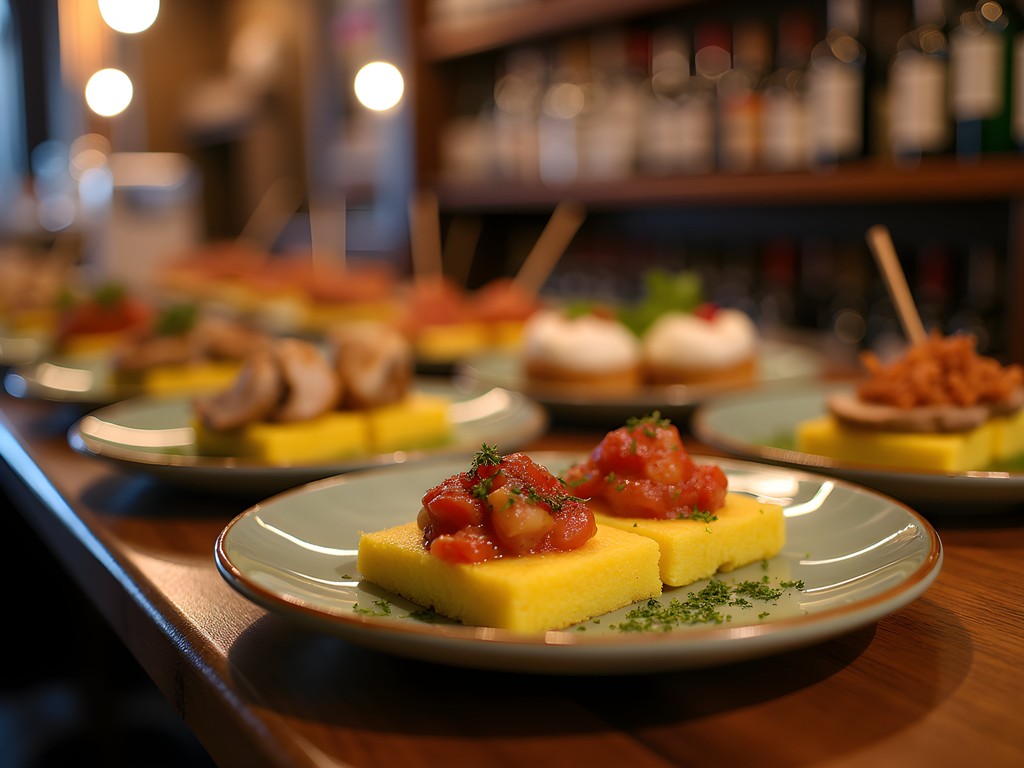
💡 Pro Tips
- Visit bacari between 6-8pm when locals stop for aperitivo to experience authentic atmosphere
- Order house wines by asking for an 'ombra' (shadow) of red or white
- Don't be afraid to point at cicchetti behind the counter—most locals select visually too
The Rialto Market Protocol: Sourcing Like a Venetian Chef
Any emergency physician will tell you that understanding the source of a problem is critical to treatment. The same applies to Venetian cuisine—to truly appreciate it, you need to witness its source material at the Rialto Market. Arriving by 8am is non-negotiable; this is when local chefs conduct their own rounds, selecting the day's bounty before tourists arrive.
The market operates with the organized chaos of a trauma center during a multiple-casualty incident. Fishmongers display creatures I've only encountered in marine biology textbooks—from seppie (cuttlefish) that will become risotto nero to moeche (soft-shell crabs) available only during specific seasonal windows. The produce stands showcase radicchio from Treviso, artichokes from Sant'Erasmo (Venice's garden island), and other hyperlocal ingredients that define Venetian cooking.
I make it a point to bring my compact camera to document these ingredients in their natural habitat. The camera's discreet size doesn't mark me as an obvious tourist, while its exceptional low-light performance captures the market's vibrant colors even under the early morning shadows.
After observing the market, follow the chefs to Pronto Pesce, a small counter where fishmongers prepare quick seafood bites for market workers. Order whatever they're serving that morning—often fritto misto (mixed fried seafood) in paper cones—for a true insider experience. This direct market-to-mouth protocol provides essential context for every subsequent meal in Venice.
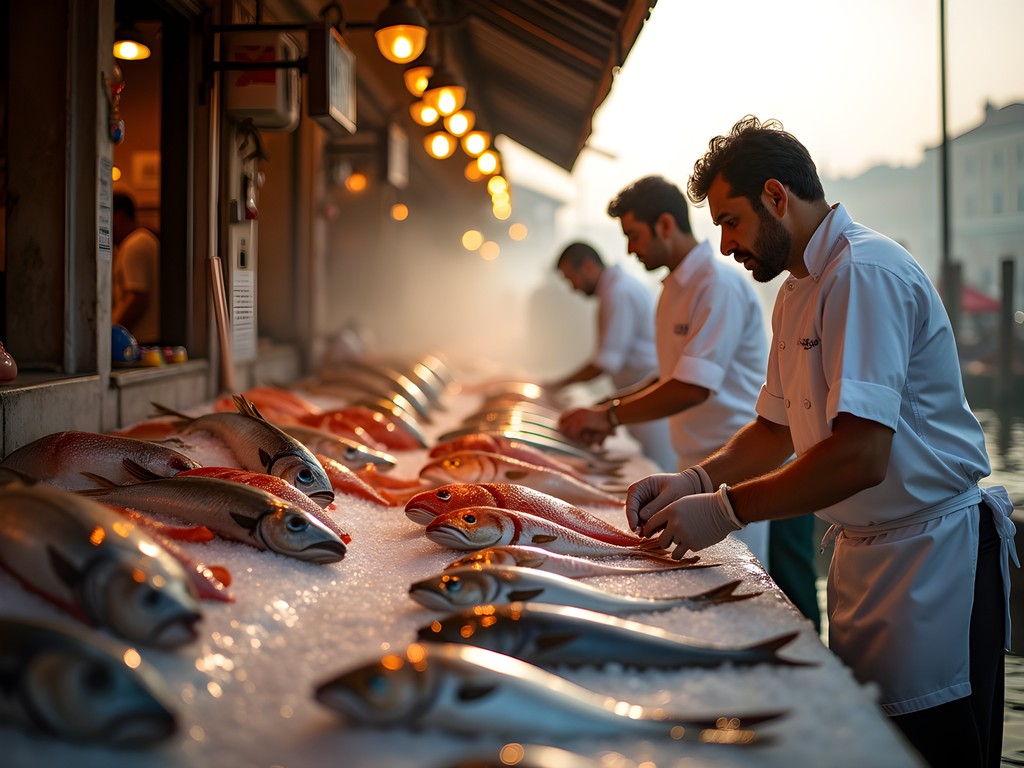
💡 Pro Tips
- Arrive at Rialto Market by 8am on Tuesday through Saturday (closed Sundays and Mondays)
- Look for the 'Nostrano' signs indicating locally-sourced products from the lagoon or nearby farms
- Ask vendors about cooking recommendations—most are happy to share preparation tips even through limited English
Prescription for Authenticity: Neighborhood Restaurants Beyond the Crowds
When patients ask for wellness advice, I prescribe evidence-based interventions. For authentic Venetian dining, my prescription is equally specific: venture into residential neighborhoods where the ratio of locals to tourists increases exponentially with each bridge crossed.
In Castello, Osteria Al Portego (Calle de la Malvasia) operates with the efficiency of a well-run emergency department. In a space barely larger than a trauma bay, they serve perfectly executed classics like bigoli in salsa (whole wheat spaghetti with onion-anchovy sauce) and fegato alla veneziana (Venetian-style liver with onions). The handwritten menu changes daily based on market availability—a hallmark of authenticity.
In Cannaregio, Anice Stellato requires advance planning (reservation essential) but rewards with sophisticated interpretations of lagoon cuisine. Their risotto di gò (with lagoon goby fish) demonstrates how humble local ingredients transform through technique into extraordinary dishes.
For a midday meal in Dorsoduro, Osteria Ai Quattro Feri serves home-style cooking from a kitchen smaller than most hospital supply closets. Their polpette (meatballs) have a therapeutic effect I've yet to replicate with any pharmaceutical intervention.
I document these culinary discoveries with the same attention to detail I give to medical charting, noting specific dishes, ingredient combinations, and execution techniques that I might later attempt to reproduce in cooking classes. This systematic approach has yet to fail me in identifying restaurants where Venetians actually eat.
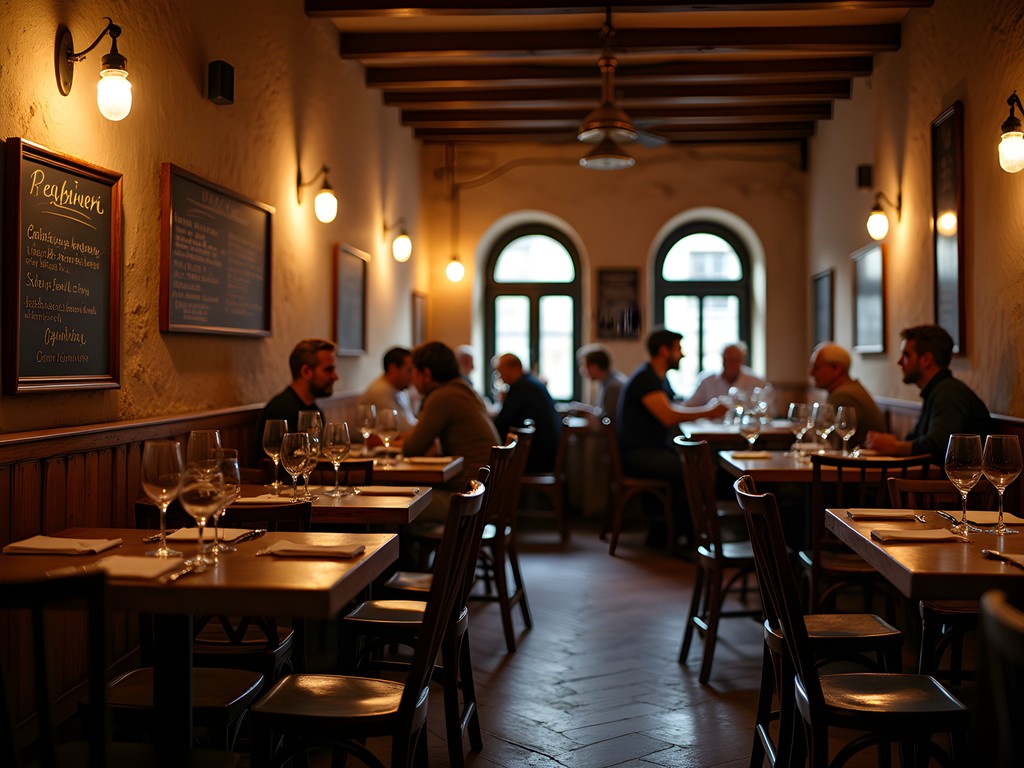
💡 Pro Tips
- Look for handwritten menus that change daily—a sign the restaurant is responding to market availability
- Restaurants with fewer than 10 tables often indicate family operations with more authentic offerings
- Make reservations whenever possible, especially for dinner, as the best local spots are small and fill quickly
Culinary Skills Acquisition: Venetian Cooking Classes
As a physician, I believe in both treatment and prevention—knowing how to prepare authentic food yourself provides lasting benefits beyond your visit. Venice offers several cooking experiences, but many cater exclusively to tourists. Through careful research and local connections, I've identified programs that provide genuine skill transfer rather than simplified demonstrations.
Enrica Rocca's Cooking School operates from a beautiful palazzo in Dorsoduro, beginning with market shopping and culminating in a hands-on class. Enrica's daughter taught me the precise technique for risotto al nero di seppia (squid ink risotto)—a procedure requiring the same attention to timing and consistency as medical procedures. The key diagnostic indicator of this class's authenticity: we prepared five different cicchetti before even starting the main dishes, reflecting true Venetian dining patterns.
Cook in Venice offers a more intimate experience with classes held in Mira on the mainland. The slight journey deters casual tourists, resulting in smaller groups and more intensive instruction. Their focus on lagoon ingredients and traditional preservation techniques (like preserving sardines in saor) provides valuable insight into how Venetian cuisine evolved in a challenging island environment.
For these classes, I bring my chef's knife wrapped carefully in my checked luggage. While schools provide equipment, having your personal knife—an extension of your hand in the same way a scalpel becomes part of a surgeon's technique—enhances precision and comfort during complex preparations.
The recipes and techniques acquired become souvenirs more valuable than any trinket, allowing you to recreate authentic Venetian flavors long after returning home—a form of culinary continuing education I highly recommend.
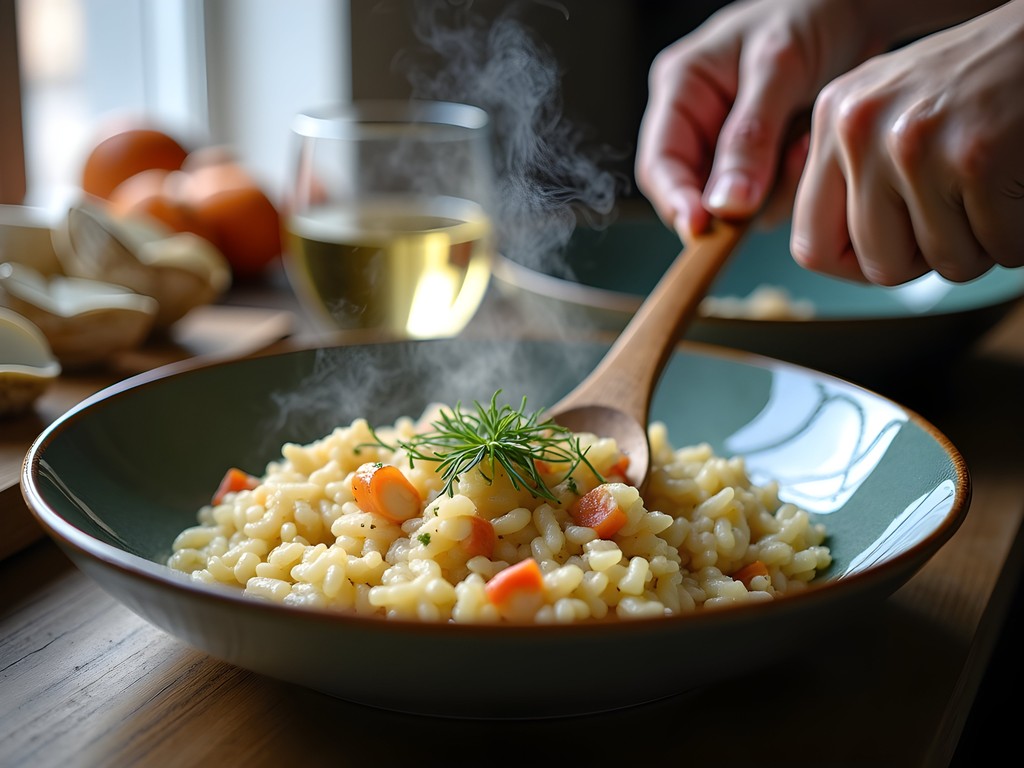
💡 Pro Tips
- Book cooking classes at least one month in advance, especially during fall when seasonal ingredients are at their peak
- Request classes featuring seasonal specialties like soft-shell crabs (moeche) in spring and fall or wild game in winter
- Take detailed notes on salt quantities and cooking times—Venetian cuisine relies on precise seasoning that's difficult to replicate without measurements
Seasonal Specialties: Fall's Culinary Calendar
Fall in Venice presents a specific set of culinary opportunities that I track with the same attention I give to seasonal disease patterns in emergency medicine. The city's food calendar is precisely tied to seasons and traditions, making autumn an optimal time for specific Venetian specialties.
September brings the start of moeche season—tiny soft-shell crabs from the lagoon that are available only during specific molting periods in spring and fall. These delicacies are typically prepared simply: dipped in egg, fried quickly, and eaten whole. Trattoria alla Madonna near the Rialto serves exemplary versions when in season.
October sees the arrival of radicchio trevisano, the bitter red chicory that features prominently in fall and winter Venetian cooking. Antiche Carampane in San Polo prepares an exceptional risotto with radicchio that balances the vegetable's bitterness with the creaminess of the rice—a textbook example of Venetian flavor equilibrium.
November traditionally features dishes with game birds and freshwater fish from the northern lagoon. Osteria La Zucca (despite its vegetable-focused reputation) offers seasonal game preparations worth investigating.
Fall also marks the beginning of high water season (acqua alta), when periodic flooding affects low-lying areas of the city. I pack a pair of waterproof boots that pack relatively flat in luggage yet provide essential protection during unexpected acqua alta events. These lightweight, packable boots have saved numerous dining excursions that might otherwise have been compromised by water levels.
The seasonal specificity of Venetian cuisine means your fall visit will feature entirely different specialties than a summer or winter trip—one reason I've returned during different seasons to complete my culinary mapping of the city.
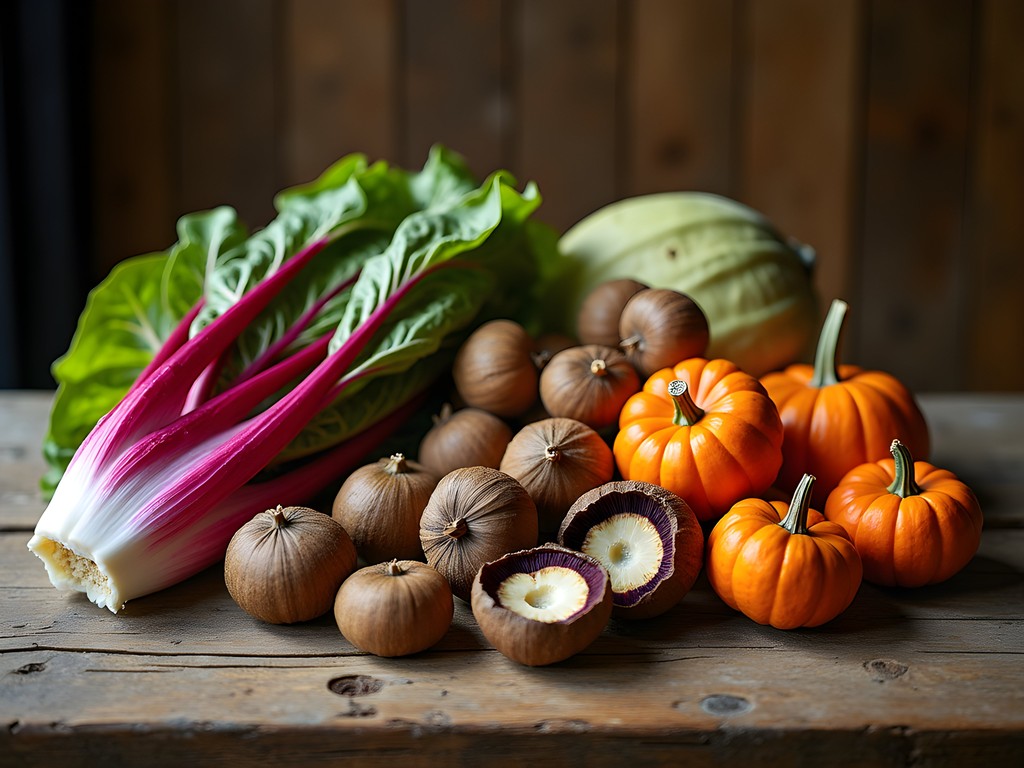
💡 Pro Tips
- Ask specifically for seasonal specials not listed on menus—many restaurants prepare limited quantities of seasonal dishes only for those who know to request them
- Rainy fall days are perfect for exploring bacari, as locals pack these cozy spaces during inclement weather
- If visiting during potential acqua alta periods, download the official high water warning app to plan dining excursions around predicted flooding times
Final Thoughts
Venice demands a methodical approach to culinary exploration—one that prioritizes evidence over assumption and local knowledge over convenience. The city's authentic flavors exist in precise locations: bacari where Venetians gather, family restaurants hidden in residential neighborhoods, and markets where ingredients tell the story of the lagoon's unique ecosystem. By following this diagnostic protocol—observing where locals eat, learning traditional techniques, and respecting seasonal rhythms—you'll experience Venice beyond the tourist facade. Like any good medical intervention, this approach requires preparation, careful observation, and willingness to venture beyond comfort zones. But the prognosis is excellent: meals that create lasting memories and genuine connection to one of the world's most remarkable cities. The prescription is clear—follow the path less traveled, eat with intention, and approach Venice's culinary landscape with the curiosity of a diagnostician. Your taste buds will thank you for the thorough assessment.
✨ Key Takeaways
- Focus on bacari and cicchetti for the most authentic daily Venetian eating experience
- Visit residential neighborhoods like Cannaregio and Castello for restaurants serving genuine local cuisine
- Invest time in a cooking class to understand the techniques behind Venetian specialties
- Embrace seasonal eating patterns, particularly fall's unique offerings like radicchio and moeche
📋 Practical Information
Best Time to Visit
September to November
Budget Estimate
$100-150 per day for food (mid-range)
Recommended Duration
5-7 days
Difficulty Level
Beginner
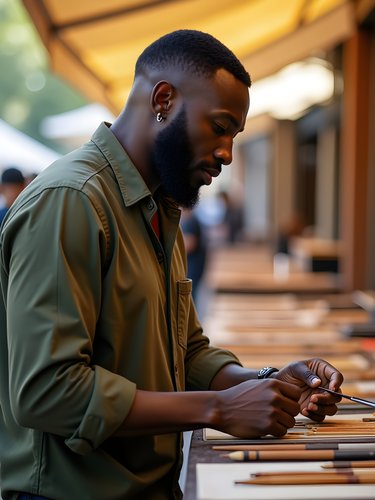
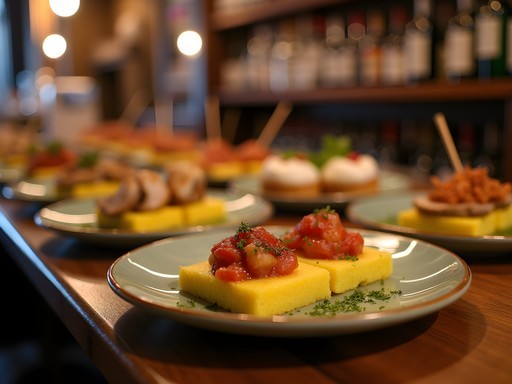

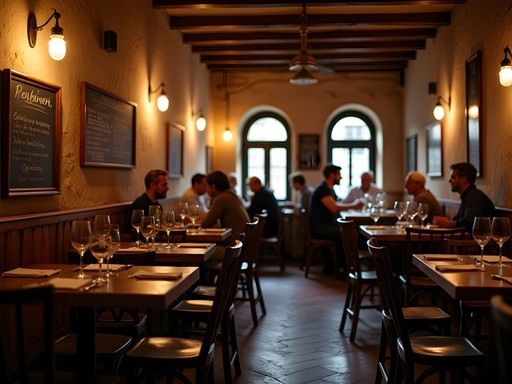
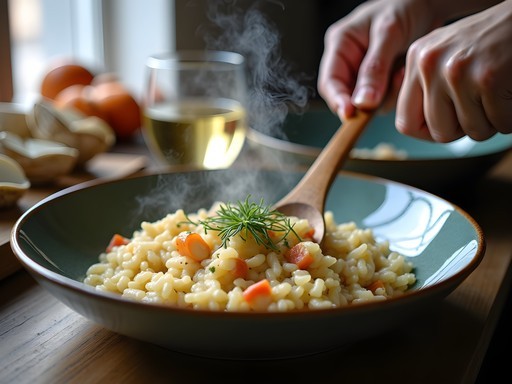
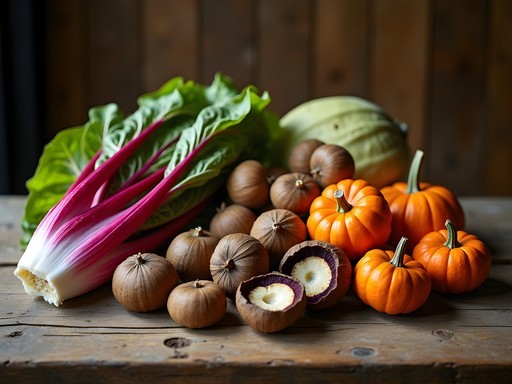










Comments
hikingbackpacker4077
The Rialto Market section brought back memories! We went there our first morning in Venice and it completely changed our trip. Bought some fresh peaches that were life-changing and watched the restaurant chefs haggling over seafood. One fishmonger let my daughter hold a tiny octopus (she's still talking about it). We also took a cooking class through local food tour where the chef took us shopping at Rialto first, then taught us to make proper risotto and tiramisu. Worth every euro!
starmate
Love the ER doctor perspective! I'm planning a trip with my elderly parents who can't walk too far. Any recommendations for authentic places that aren't too deep in those maze-like alleys?
hikingbackpacker4077
Not the author but we just got back - try Osteria Al Squero in Dorsoduro. It's right on a canal, minimal walking, and their cicchetti are amazing. My mom has mobility issues and managed fine. Plus you can watch the gondola repair shop across the canal while you eat!
starmate
Thank you so much! That sounds perfect!
Sage Dixon
Sean, your methodical approach to finding authentic Venetian food speaks to me! Last spring, I stumbled upon a tiny bacaro in Cannaregio that changed my entire Venice experience. The elderly owner kept bringing cicchetti we never ordered - just saying 'you try, you try!' His baccalà mantecato was transcendent. I've found that wandering at least 4 bridges away from any major landmark is the golden rule for finding the real Venice. Did you try any of the natural wine bars popping up in Dorsoduro? They're bringing a fascinating modern twist to traditional cicchetti.
coffeebackpacker6742
Sage - any chance you remember the name of that bacaro in Cannaregio? Heading to Venice next week!
Sage Dixon
It was Al Timon! Tiny place on Fondamenta dei Ormesini. Get the sarde in saor if they have it that day!
coffeebackpacker6742
Thank you! Screenshot taken 📸
cityqueen
Those bacari sound amazing! Adding them to my list for next month!
coffeeperson6655
Pro tip: Al Timon in Cannaregio. Great cicchetti, local crowd, canal-side seating.
nomadfan
Is it easy to find? Venice streets confuse me lol
coffeeperson6655
Google Maps works fine there. Just download offline map before you go.
sunsetzone
OMG the Rialto Market sounds INCREDIBLE!! Did anyone try the seafood risotto recipe he mentioned? I'm dying to make it at home!!
nomadmate
Just got back from Venice last week and wish I'd read this before going! We found one good place in Dorsoduro called Cantine del Vino già Schiavi where the locals were spilling into the street with their wine glasses. The sardines on toast were amazing. But we wasted so much money on mediocre food near the tourist spots. Saving this for next time!
Sarah Powell
Sean, I appreciate your methodical approach to finding authentic cuisine in Venice. I've visited three times, and your assessment aligns with my experiences. The cooking class recommendation is particularly valuable - I took one with Enrica Rocca (though pricey at €200) that included a market tour and full meal preparation. Worth noting that many bacari now have two pricing tiers - one for eating/drinking standing at the counter (cheaper) and another for sitting (sometimes double). For those looking to maximize their experience while minimizing costs, I tracked my spending using budget tracker which helped me realize that lunch cicchetti crawls saved me enough to splurge on one nice dinner at Antiche Carampane.
summerzone8242
LOVE THIS SO MUCH!! Your bacari expedition sounds like the perfect way to experience Venice! Can't wait to try this approach!
greenwalker
Going to Venice next month. Any specific bacari near San Marco that won't break the bank?
coffeeperson6655
Not near San Marco, but walk 10 mins to Cantina Do Spade. Old school place with €1.50 cicchetti. Thank me later.
greenwalker
Thanks! Adding it to my list.
Venture X
Premium card with 2X miles, $300 travel credit, Priority Pass